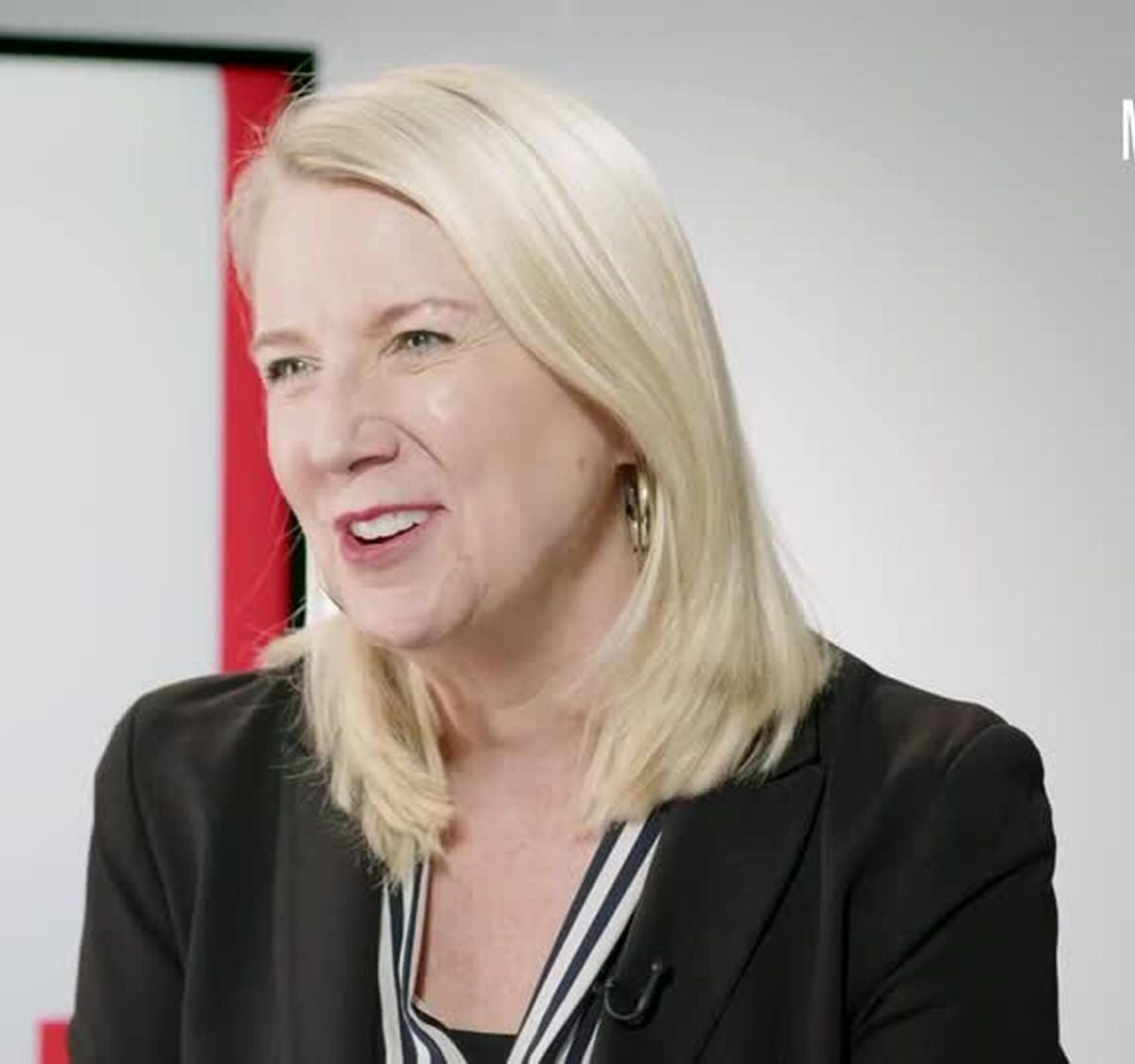Key Takeaways
- The key benefit of investment diversification is risk reduction.
- Treasury bonds have historically been quite solid diversifiers for US equity exposure. Cash has also looked really good.
- It’s possible to overdiversify, and investors can do that in a couple of different ways. One is lower-quality bonds. Real estate securities are another asset type that people commonly add to diversify their portfolios, but we don’t see a great diversification pattern.
- “Faux diversifiers” can be harmful because they can add complexity to the portfolio and also add extra costs.
- One of the most common diversification problems is that investors tend to hold too many investments that duplicate one another.
Margaret Giles: Hi, I’m Margaret Giles for Morningstar. Harry Markowitz, the creator of modern portfolio theory, famously called diversification the only free lunch in investing. But is it possible for investors to take diversification too far? Joining me to share some thoughts on that topic is Christine Benz. She’s Morningstar’s director of personal finance and retirement planning. Christine, thanks for being here.
Christine Benz: Margaret, it’s great to see you.
Investment Portfolio Diversification Benefits
Giles: Before we get into how investors might take diversification too far, let’s talk about the why of diversification. What are the main benefits?
Benz: The key benefit is risk reduction. If you add more assets to your portfolio, it will tend to mute the highs and lows in that portfolio. If you diversify across different assets, you’ll always have something in your portfolio that is performing reasonably well. Of course, you’ll also have portfolio constituents that aren’t performing as well, but it just kind of smooths out the risk profile of the overall portfolio.
Best Assets to Diversify Your Portfolio
Giles: You and the team work on some annual research that looks at which asset types best help diversify a portfolio. What are some of the key conclusions there?
Benz: We assume that the starting point for investors is that they’re holding US equities and they’re looking at what might help diversify that exposure. So, we run regressions relative to that US equity portfolio to see which assets actually bring something to the table and help deliver a different performance pattern. One message that jumps out year after year is that you can do this very simply. Treasury bonds have historically been quite solid diversifiers for US equity exposure. There have been years where that hasn’t been the case, and 2022 is a good recent example. But for the most part, they have nicely helped deliver on diversification for US equities. Cash has also looked really good. The good news is that for many investors building basic portfolios, these assets are kind of the starting point for them. They don’t have to look too far for that type of exposure, and they can obtain it very, very cheaply.
What Is Overdiversification?
Giles: You also note that it’s possible to overdiversify, and investors can do that in a couple of different ways. One is by adding asset types that don’t really add a lot of value in terms of diversification. What are some of the key ones that fall under that group?
Benz: Our colleague Amy Arnott, who leads this research, has taken a look at which are things that people throw into portfolios that just don’t add a lot of value from a diversification standpoint. One is lower-quality bonds. We see a performance pattern that kind of falls between high-quality bonds and equities. So, if you’re looking to diversify an equity portfolio, a high-quality bond portfolio would be better ballast for that portfolio. Real estate securities are another asset type that people commonly add to diversify their portfolios, but we don’t see a great diversification pattern. Their performance has become increasingly correlated with the broad US equity market. Amy has also been shining a light on cryptocurrency. Indeed, the performance has not been extremely well correlated with the US equity market. But you also get a ton of volatility with crypto, that is, even though the performance pattern might be different, somewhat equitylike. Amy has called out crypto as not being a great diversifier for a broad portfolio.
How ‘Faux Diversifiers’ Can Be Harmful to Your Portfolio
Giles: How could reaching for those “faux diversifiers” be harmful?
Benz: Well, one is that it can add complexity to the portfolio, and it can also add extra costs. So typically, once you move beyond plain-vanilla high-quality fixed income and plain-vanilla equity exposure, you’re going to start to pay more for products that supply that exposure. I would say extra costs and complexity are reasons to be skeptical.
Why You Should Avoid Duplicate Investments When Diversifying Your Portfolio
Giles: You also say that investors tend to overdiversify by holding too many investments that duplicate one another, and that’s one of the most common diversification problems that you see. Can you talk about the downside of those duplicate investments?
Benz: This is definitely the most common overdiversification problem that I’ve observed when I’ve peered into real investors’ portfolios. They have way too many mutual funds that often overlap with one another. Another thing that I frequently see is an individual equity portfolio, so, someone’s holding a basket of individual stocks that utterly duplicates what’s in the mutual funds in the portfolio. The risk of having that overdiversification is you have too many moving parts and that obscures what’s really important with the portfolio in terms of its asset allocation. It can make it difficult to figure out where you need to make changes to that portfolio and it can just be difficult to keep tabs on performance, what’s driving the performance of that portfolio. One of the first things I would do when I would do these portfolio makeovers in the past was to really try to radically simplify the number of moving parts in the portfolio because the fact is, many people have different accounts to begin with. You might have a traditional IRA, a Roth IRA, a taxable account and there’s not much you can do to streamline that. But within those accounts, you can definitely try to reduce the duplication.
Tax Planning for Cleaning Up Your Portfolio
Giles: Absolutely. To wrap up here, what steps should investors take to troubleshoot overdiversification? I assume that there are tax considerations they have to keep in mind.
Benz: Absolutely. If you have tax-sheltered accounts, and you’re kind of doing a little bit of cleanup, you can go ahead and make all the changes you want without any tax implications. But if you have taxable accounts where you want to clean up, you want to be judicious. You want to recognize that stocks have been on a very good run. So, you may trigger a tax bill by doing some of this cleanup. You may have a better environment at some point in the future if stocks enter a little bit of a trough. That can be a good time period to potentially streamline the portfolio a little bit. You probably don’t want to be doing it when the market is scaling new highs all the time.
Giles: Really helpful to think about. Christine, thanks for being here.
Benz: Thank you so much, Margaret.
Giles: I’m Margaret Giles with Morningstar. Thanks for watching.
Watch Is International Diversification Worth It? for more from Christine Benz.





